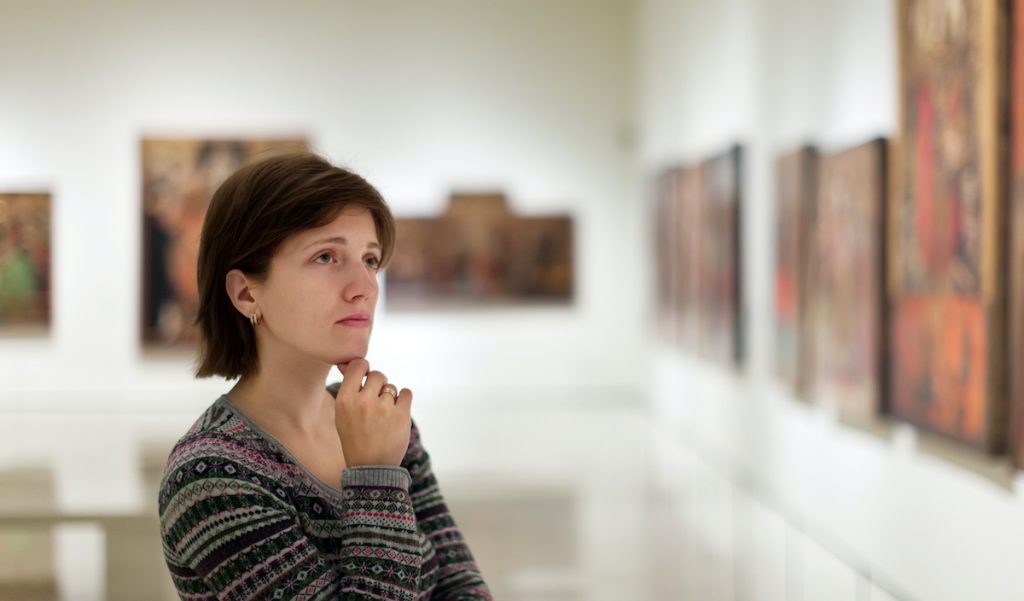Artworks and impressive designs often captivate people. Their incredible visuals take individuals to a different world. Sometimes, it also influences the way people think, which usually ends up affecting an individual’s way of making decisions. You may not realise this, but you have probably made a judgment based on how things look or appeal to you. Remember, humans are visual creatures. 90% of information transmitted and processed by our brain is visual. That means people do not just appreciate aesthetics. Its appearance is often etched in our minds, which is why we are often reminded of the things we see
Art and Emotional Connection
Art and design also continue to influence our lives because of their emotional connection. If an object’s visuals do not appeal to us, this often means that it does not connect to our emotions. For instance, if you want to collect beauty products, you will not pick an item randomly. Most of the time, things like custom cosmetic labels will have a more significant impact on you. That is because people usually love seeing something new or something different. Usual designs often lose its appeal, especially if it looks similar to others. We tend to pick an item that stands out, especially if it seems as if it’s specifically designed to meet our preferences. Here are some additional explanations about how art appeals to people’s emotions:
- Art is meant to create emotion—Artworks and other design masterpieces are naturally made to appeal to people’s emotions. These creative items are to provoke reactions from anyone who sees the design or artwork. It can be a feeling of intense happiness, incredible peace, or contentment. Also, it can bring other emotions, such as despair, anger, or frustration. It depends on the intention of the artist or the designer.
- Visual aesthetics are meant to be remembered—Aside from provoking emotions and reactions from people, the visual appeal also becomes a memorable experience. After looking at a painting, a photograph, or even a marketing post, people will tend to remember it. It will linger on their memories, especially if the artwork touches the very core of the people who saw it.

- Art is intended to be shared—People who saw an impressive design or an appealing artwork share it often with their friends and family. They want their loved ones to know what the piece made them feel or realise. That is one of the easiest ways to share experiences and to tackle emotions.
- Artworks are created to record history—Artworks are also designed to talk about history and culture. It becomes a way of recording events or remarkable experiences in society. Whether it’s through paintings, sculptures, photos, or videos, these pieces serve as reminders of the past. This way, we can easily recall historical events that we sometimes tend to forget.
There’s no question of how art heavily influences our emotions. It also effortlessly makes us feel things just by looking at these works of art. If you are an artist, you probably experienced many instances when people commented about your work. It will warm your hearts when people tell you that your masterpieces changed their lives for the better. If you are a consumer or a person who loves art, you also benefit from having access to different types of art. Make sure that you share it with other people, so they also experience the same remarkable impact that art and design brought to you.
